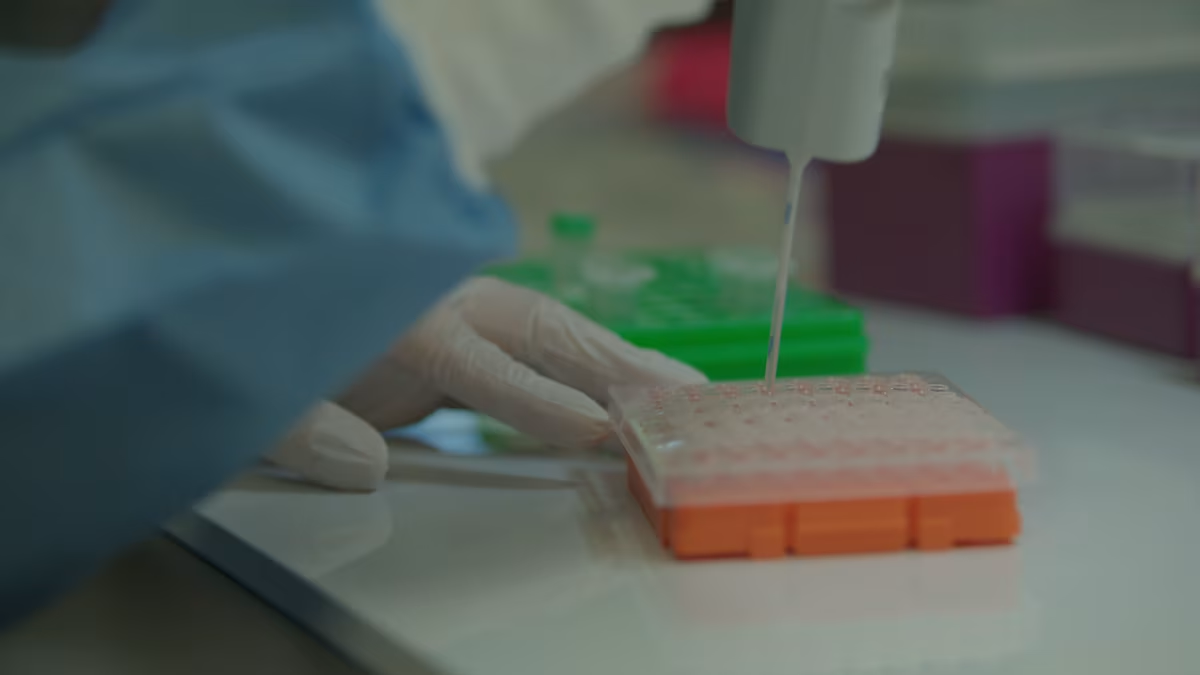
Genomic profiling in the FLEX trial predicted chemotherapy response in HR+, HER2- breast cancer, which could enable tailored treatment plans.
In an abstract presented at the 2024 San Antonio Breast Cancer Symposium, researchers used genomic profiling in combination with clinical data to predict which patients with early breast cancer would respond to chemotherapy.
Physician’s Weekly (PW) spoke with investigator Adam Brufsky, MD, PhD, to gain insight into how this approach can improve care for patients with hormone-positive (HR+), HER2-negative (HER2-) breast cancer.
PW: What is the purpose of the FLEX trial?
Dr. Brufsky: The FLEX study is a large-scale, prospective, observational breast cancer study that links full genome profiling, including the MammaPrint (MP) and BluePrint (BP) genomic tests, with complete clinical data.
FLEX has created a comprehensive patient database with the potential to identify new gene associations with prognostic and/or predictive value in breast cancer. The primary goal of FLEX is to capture genomic and clinical data for 30,000 patients with breast cancer and to follow them for more than 10 years, finding the best way to treat each patient based on their tumor’s unique characteristics.
By capturing data from patients of all ethnicities, ages, genders, and health statuses, the FLEX database provides valuable opportunities to accelerate real-world based breast cancer research.
Can you briefly discuss the study’s design and participants?
This study included 457 patients currently enrolled in FLEX with HR+, HER2- early-stage breast cancer treated with neoadjuvant chemotherapy with available pathological complete response and/or residual cancer burden endpoints.
The researchers used MP and BP to predict how these patients’ tumors would respond to chemotherapy before surgery. Tumors were characterized as MP UltraLow, Low, High 1, or High 2 risk. BP subtypes were classified as either Luminal A, Luminal B, HER2, or Basal.
What insights were gained from the genetic tests used in this analysis?
The tests revealed some interesting insights. High 2 Basal and Luminal B tumors had the highest rates of pathological response to chemotherapy. High 2 tumors, overall, responded better than High 1 tumors.
The MP High 2 classification was particularly significant in predicting a good response, even after considering other clinical factors. MP and BP proved effective in predicting neoadjuvant chemosensitivity in HR+, HER2- breast cancer, which may enable downstaging and improve overall outcomes.
How can identifying high risk tumors potentially impact outcomes for patients with HR+, HER2- breast cancer?
By pinpointing high-risk tumors, like those classified as MP High 2, physicians can tailor treatment plans more precisely based on the patient’s tumor biology. This can improve chances of shrinking the tumor before surgery, leading to better outcomes and potentially less aggressive surgery for patients HR+, HER2- breast cancer.
Where do you see the future of care headed, in terms of tailoring cancer treatments to individual tumor biology?
The future of cancer care is incredibly promising. We’re moving towards highly personalized treatment plans based on the genetic makeup of each tumor. Genomic tests like MP and BP will play a crucial role in predicting responses to various therapies and optimizing treatment strategies to improve patient outcomes.
Is there anything else you would like to add?
The ongoing data from the FLEX Study continues to build evidence that genomic tests like MP and BP can help unlock optimal treatment plans based on a patient’s tumor biology. This approach not only enhances the precision of cancer treatment but also holds promise for predicting benefits from other therapies, such as CDK4/6 inhibitors.
See the interview via Physician’s Weekly



